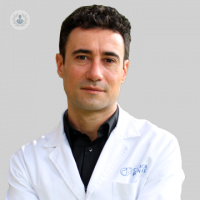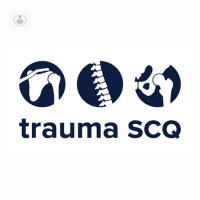bone elongation
What is bone elongation?
The better known as limb lengthening (tibia, femur and humerus), bone elongation covers a range of surgical techniques aimed at increasing the length of a bone segment. Usually it is done by techniques which involve cutting the bone (osteotomy and corticotomy) and progressively extend the reparative callus which occurs in the normal body repair attempt. To perform this progressive lengthening is necessary to use mechanical devices Extraosseous (external fixation systems) or intraosseous (intramedullary nail), implantation of such devices can be done can be done under local anesthesia.
Why is it done?
Bone elongation is performed bilaterally in all cases of stunting and, unilaterally, in cases of limb inequality. In the first case, it is applied to facilitate the patient's relationship with their environment while in unilateral cases the goal is to achieve the desired length to prevent shortening of limbs, because of dismetrías responsible turn of spinal pathologies, alterations up and lameness.
What does it consist of?
It consists of the extension of a tubular bone, femur, tibia and / or humerus to the desired length to prevent shortening of limbs or lower sizes. Normally the extension is at the expense of the shortened bone itself, schematically involves the creation of a fractured bone affection. The new bone regeneration is achieved in the "stretch" repairman callus once started repair. This is achieved generate new bone in continuity to the patient.
Preparation for bone elongation
It is essential that the patient is informed of all the particulars of the technique. You must also know the different times and possible complications that can occur and their solutions. On long stretches they should be associated with the specific technique other muscle tendon lengthening techniques to avoid creating rigidities and joint deformities.
Care after surgery
Once installed the system and begins rebuilding transportation (stretch) of bone fragments, the tip should remain in shock during the "active" phase. In this phase a new soft stretch repairer fracture callus to be protected regenerated load occurs. After this phase, the "static" phase which is a phase in which the regenerated mature and starts ossifies. When the degree of ossification permits the patient can support the limb. Throughout the process should be meticulously careful skin entry holes skeletal fixation screws that attach to the bone with the external device. The use of intramedullary nails extension has its limitations and easements but require less care. Both systems require a very close clinical and radiographic control.










